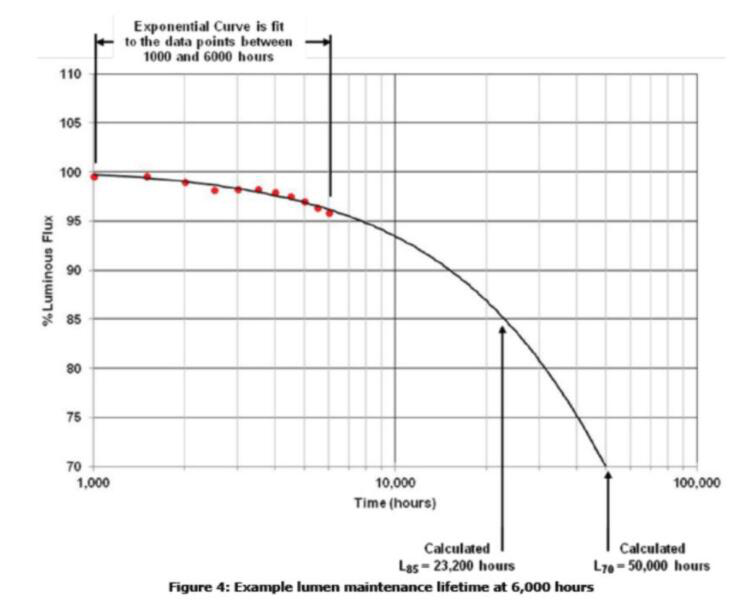How to solve the problem of light decay of LED lamps?
2021-12-10
How LED lamps solve the problem of light decay, each of us has a lifespan, in fact, LED lamps are the same, with the passage of time, the functional mechanism of LED lamps will continue to decline. Whether it is incandescent lamps, fluorescent lamps, energy-saving lamps or LED lamps, it is inevitable to "end of life", and this is the problem of light decay of lamps. Then let's take a look at how to solve the problem of light decay of LED lamps.

Causes of light decay
As for what is light decay? At present, my country has not formulated the definition and general standards of light decay, but generally speaking, light decay means that after a period of time, the light intensity of LED lamps will be lower than the initial light intensity and cannot be restored, that is, the reduced part is called For the light decay of LED lamps, there is still a lot of controversy as to the cause of light decay, and the micro-mechanism of the decay is still inconclusive. However, generally speaking, the light decay of LEDs is mainly caused by heat dissipation problems.
It is well known in the industry that LEDs are resistant to heat. The ideal working temperature of LEDs is between -5 and 0°, but this is basically impossible. Heat will affect the light decay and life of LED lamps. About 80% of the electric energy is converted into heat energy, and 20% of the electric energy is converted into light energy. The LED heat sink is used to dissipate the heat of the LED, because when the LED chip is working, its own ambient temperature is inversely proportional to the light output rate. , The higher the temperature, the lower the light output rate, when the temperature reaches the maximum use temperature of the LED chip, the lamp will be broken.
In addition, the thermal resistance of the LED chip itself, the influence of silver glue, the heat dissipation effect of the substrate, and the glue and gold wire also have a certain relationship with the light decay.
In fact, in a strict sense, LED lamps cannot avoid light decay. It is a technical problem that the industry is concerned about and urgently needs to be solved. However, we only need to understand the heat dissipation method of the lamps to minimize the problem of light decay.
But before talking about the heat dissipation of LED lamps, we must first understand it: junction temperature
What is junction temperature? The so-called junction temperature is the working temperature of the PN junction of semiconductor chips (wafers, bare chips). The higher the junction temperature, the earlier the light decay will appear.
If the junction temperature is 105 degrees, the lifetime when the brightness is reduced to 70% is only more than 10,000 hours, 95 degrees is 20,000 hours, and the junction temperature is reduced to 75 degrees, the lifetime is 50,000 hours, and it can be extended to 65 degrees. 90,000 hours. So the key to prolonging the life is to reduce the junction temperature, and the key to reducing the junction temperature is to have a good heat sink, then how to systematically identify the heat dissipation of LED lamps?
Generally, as the junction temperature of the LED increases, the luminous flux will decrease. Then, as long as we measure the illuminance change of the lamp at the same position, we can inversely deduce the change in junction temperature. The specific method is:
1. Choose a place free from external light interference, preferably at night, and turn off other lights.
2. Turn on the light in cold state, measure the illuminance of a location immediately, and write down the reading at this time as "cold illuminance".
3. Keep the position of the lamp and illuminance meter unchanged, and the lamp will continue to work.
4. After half an hour, read the illuminance value here again, and write down the reading as "hot illuminance".
5. If the two values are similar (10~15%), the heat dissipation system of this lamp is basically good.
6. If the two values are far apart (greater than 20%), the heat dissipation system of this lamp is questionable.
In summary, how to solve the problem of light decay of LED lamps. Light decay is a necessary process of lamp work. When we buy LED lamps, we must choose lamps with better quality and heat dissipation performance. We should also try our best during use. Only by reducing the work load of the lamps can the light decay rate be delayed and the life of the LED lamps can be prolonged.




